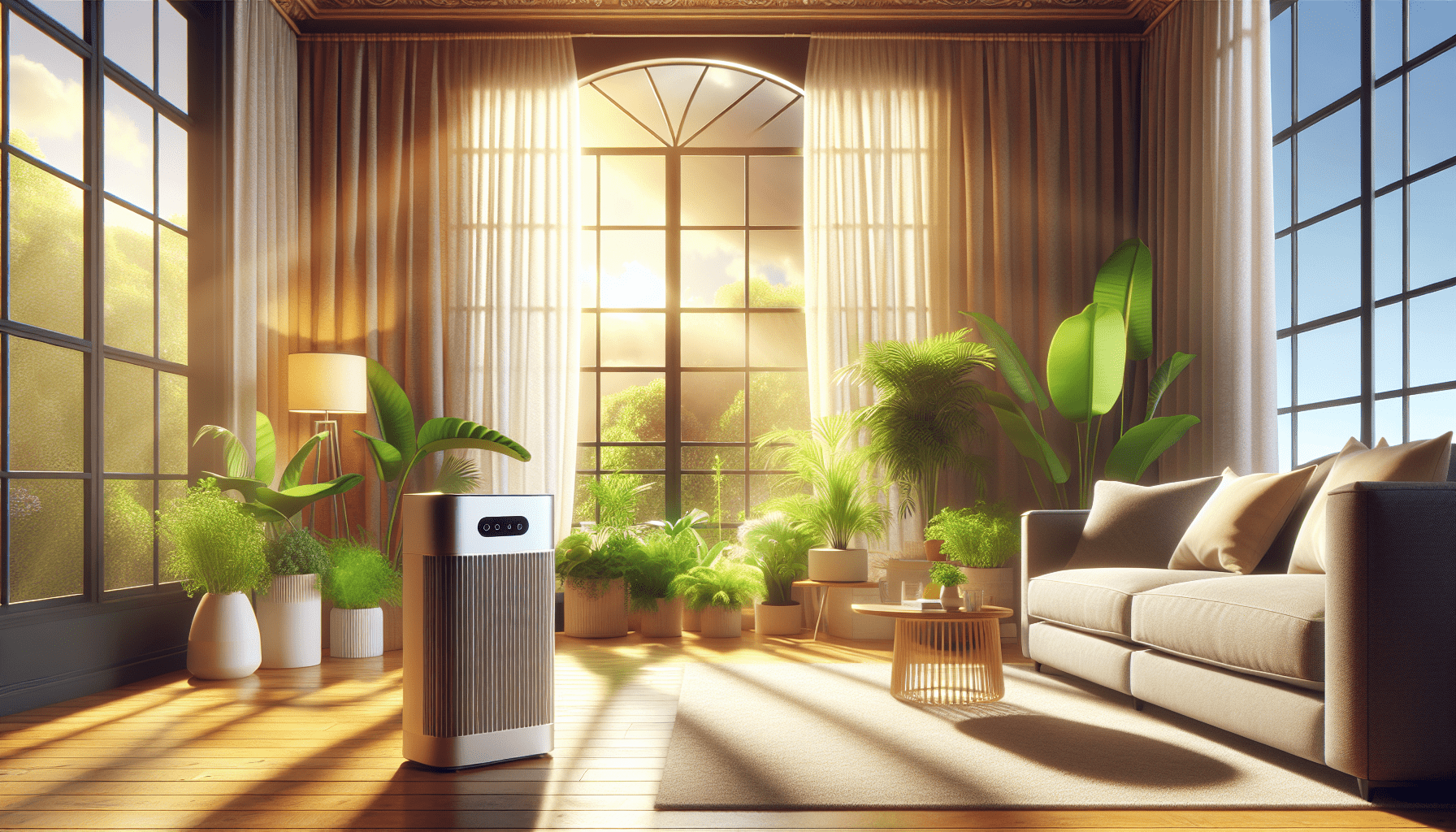How To Prepare Your Home For Seasonal Allergies
As the seasons change, so do the allergens in the air, which can make your home a hotspot for sneezing, watery eyes, and constant sniffles. To keep comfortable and breathe easy, it’s crucial to prepare your living space for the onslaught of pollen, dust, and other allergens that come with each new season. This guide will walk you through simple and effective steps to allergy-proof your home, from deep cleaning and changing air filters to using hypoallergenic bedding. By taking these proactive measures, you can create a sanctuary that helps minimize the dreaded symptoms of seasonal allergies. Have you ever found yourself sneezing, rubbing your itchy eyes, or dealing with a relentless runny nose every time the seasons change? If so, you’re not alone. Seasonal allergies can be a real hassle, and they often seem to invade your home just as persistently as they do your sinuses. The good news is, there are effective ways to prepare your home to minimize these unwelcome symptoms. Let’s dive into some practical steps you can take to make your living space a safe haven during allergy season.

Identifying Common Allergens
Understanding what you’re up against is crucial in defending your home from allergens. Common culprits include pollen, dust mites, pet dander, and mold. These tiny particles can make your life miserable if not properly managed.
- Pollen: Often unavoidable outdoors but can find its way inside through open windows and doors.
- Dust Mites: Thrive in warm, humid environments, commonly found in bedding, upholstery, and carpets.
- Pet Dander: Tiny flecks of skin shed by cats, dogs, and other animals with fur or feathers.
- Mold: Grows in damp areas such as bathrooms, basements, and kitchens.
Ensuring Proper Ventilation
Proper ventilation helps to circulate fresh air and reduce indoor allergen levels. However, the key is to do this without letting in more allergens from the outside!
Install High-Quality Air Filters
Start with the basics. Consider upgrading to high-efficiency particulate air (HEPA) filters. These are incredibly effective at capturing tiny particles that can trigger allergies.
| Air Filter Type | Particle Removal Rate | Best Use Cases |
|---|---|---|
| Standard | 30-50% | General air circulation |
| HEPA | 99.97% | Reducing allergens in the living space |
Use Exhaust Fans Strategically
Exhaust fans in the kitchen and bathroom can help remove excess moisture that mold thrives in. Make it a habit to run them during and after activities like cooking and showering.
Keep Windows Closed
As tempting as it might be to let in some fresh spring air, if you’re allergic to pollen, it’s best to keep your windows closed. Instead, rely on your air conditioning system to help circulate and filter the air.
Cleaning Your Home Thoroughly
A clean home is your best defense against allergens. But it’s not just about tidying up—it’s about smart, targeted cleaning.
Vacuum Regularly with a HEPA Filter
Simple vacuuming can stir up dust and allergens if not done properly. Using a vacuum cleaner with a HEPA filter ensures that you are trapping the smallest of particles.
Don’t Forget Upholstery and Bedding
Dust mites love to nest in fabric. Frequently washing your sheets, pillowcases, and curtains in hot water can help kill dust mites. Additionally, consider using allergen-proof bed covers.
Clean Out Clutter
Clutter can collect dust, making it a breeding ground for allergens. Clear out newspapers, old magazines, and anything else that gathers dust easily.
Reducing Moisture Levels
High moisture levels can lead to the growth of mold, which is a significant allergen for many people. Here are some practical ways to control humidity in your home.
Use a Dehumidifier
Keeping your indoor humidity level between 30-50% can impede the growth of mold and dust mites. A dehumidifier helps to maintain this balance effortlessly.
Fix Leaks and Drips
Small leaks can lead to hidden moisture problems that encourage mold growth. Regularly inspect your home for any drips or leaks, especially in under-sink cabinets and around windows.

Pet Care for Allergy Sufferers
If you have pets and suffer from allergies, the dander, saliva, and urine of your furry friends can exacerbate your symptoms. Here’s how to mitigate their impact.
Keep Pets Out of the Bedroom
Designate certain areas of your home, like the bedroom, as pet-free zones. This ensures that you have at least one safe space where allergen levels are minimal.
Groom Pets Regularly
Frequent grooming can reduce the amount of pet dander in your home. Just make sure to do it outside or in an area that’s easy to clean.
Managing Outdoor Allergens
Outdoor allergens, primarily pollen, are notorious for making their way into your home. Here’s how to minimize their intrusion.
Be Mindful of Pollen Count
Check the daily pollen count, available through various weather apps and websites. Try to stay indoors on days when levels are especially high.
Create a Mudroom Area
Set up an area near your entrance to remove shoes and jackets immediately upon entering. This can help prevent pollen from spreading throughout your home.
Improved Indoor Air Quality Options
There are advanced methods to improve your indoor air quality. Consider these additional tools to make your living environment even more comfortable.
Air Purifiers
An air purifier with a HEPA filter can be especially effective in rooms where you spend the most time, like the bedroom or living room.
Plants to Filter Air
Some houseplants, like spider plants or peace lilies, can help reduce pollutants in the air. However, be cautious as some plants can also contribute to mold growth if not properly cared for.
Smart Lifestyle Changes
Small adjustments to your daily routine can make a significant difference in managing seasonal allergies.
Change Clothes After Being Outdoors
Pollen can cling to your clothes, hair, and skin. Changing into clean clothes when you come inside helps minimize the transfer of allergens.
Use Allergy-Friendly Cleaning Products
Some cleaning products can aggravate your allergies with strong scents or harsh chemicals. Opt for fragrance-free or hypoallergenic products instead.
Stay Hydrated
Drinking plenty of water helps keep your nasal passages clear, making it easier to deal with allergies.
Final Thoughts
Seasonal allergies can really put a damper on your day-to-day life, but with these tips, you can turn your home into a sanctuary from those relentless allergens. From proper ventilation and thorough cleaning to smart lifestyle changes and special equipment, each step brings you one step closer to breathing easy.
Remember, it’s all about finding what works best for you. You don’t have to implement all these changes at once. Start with a few, see how they improve your symptoms, and go from there. Your health and comfort are worth the effort.
